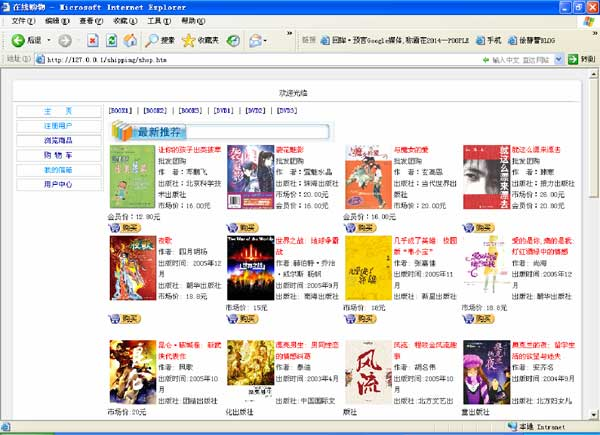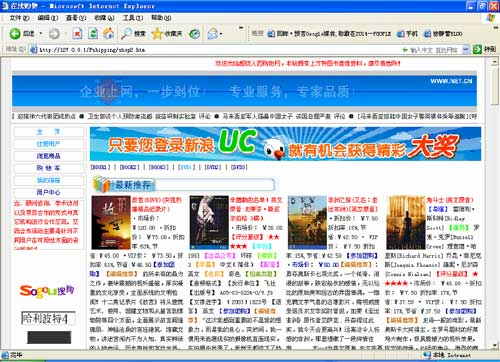SAP-Supported Cross Culture User Interface Study
Method: Experiment Design, HTML Prototyping, Usability Testing
Tools: HTML, JavaScript
Background
Culture issue in interface design is important in China, with an economy growing quickly and the potentially largest user population. In 2006, this project aimed to conceptualize cultural differences and examine practices in interface design for Chinese users. We examined the effect of design style on visual search performance and task workload for Chinese users. We proposed design guidelines from the analysis of experiment results. We also investigated culture patterns in website design from Chinese users’ perspective and compared the results with previous studies on western cultures.
Project Outline
The objective of this project was to contribute empirical knowledge and design guidelines to SAP enterprise software design for different cultures. The main tasks for the project were:
- Initial investigation, including literature review and sampling of a wide range of websites, aiming at identifying differences in interface design between Chinese and western cultures;
- Design website prototypes representing common design styles of Chinese web portals;
- Conducting a user study to assess the visual search performance and task worload of two typical Chinese user groups with low and high Internet experiences.
Test Plan
In the user test, participants performed a series of visual search tasks on an online book store with two different design styles. The simple visual design style was similar to most western web portals at the time, with clear hierarchical links and brief texts; and the complex visual design style was a representation of major Chinese web portals, with detailed information upfront and no structured links.
The tasks were similar to real online shopping experience. Participant were asked to find specific books on the website that matched with task instructions. Participants performed eight search tasks with each design style.
Response measures of the test were:
- Task time: The time for accomplishing a single task (in second);
- Satisfaction: A questionnaire measured using 5-point Likert scale;
- Workload: The amount of efforts required for the task, measured by NASA-TLX (Task Load Index).
- Error: The number of wrong clicks or choices for the search results.
Simple visual design similar to western portals:

Complex visual design similar to major Chinese portals

Results
Important results of the experiment study are:
-
The simple design style did not help participants gain more satisfaction, as it may be expected from a designer’s perspective.
-
There were no significant differences in task workload between simple and complex design styles, for both groups of participants. This suggests that Internet experience did not significantly affect users’ visual search performance on websites with different design styles.
-
Participants took similar amounts of time to complete the visual search tasks with the two different design styles, even though they rated the complex design style with lower perceived usability.
-
Chinese users might be customed to the complex design style because of the culture influence, which in turn improved their visual search performance and lowered thier task workload ratings.
We also identified several interesting cultural patterns in Chinese websites at the time:
-
Chinese websites tended to show corporate advertisements (image or flash) in the center of homepage;
-
Both static menus and dynamic menus were used by Chinese web sites, with significantly higher number of menu items than western websites;
-
Buttons on Chinese websites tended to combine pictorial icons and text labels, compared with buttons with either icon or label on western websites.
